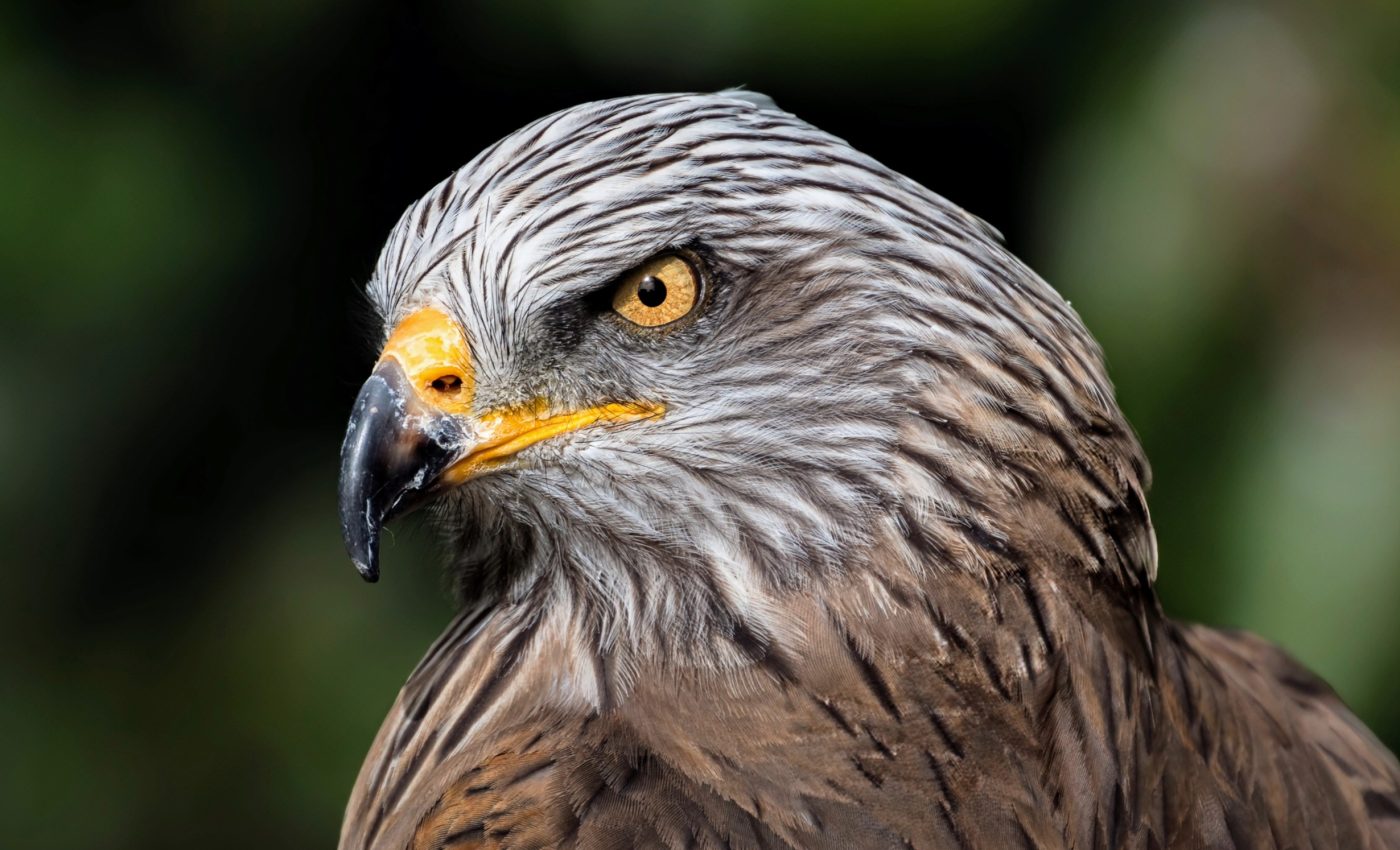
Resilient hawks manage to thrive despite shrinking habitats
Ferruginous hawks that winter in California have shown an unexpected rise in numbers, despite a significant decline in their preferred grassland habitats over the past two decades.
In contrast, many other grassland bird species have experienced sharp population declines, paralleling the loss of the open landscapes that once characterized much of western North America.
A recent study published in the Journal of Raptor Research, explores this surprising trend. The paper, authored by independent researcher Edward Pandolfino, along with Lily Douglas from the U.S. Fish and Wildlife Service and Chris Ray from The Institute for Bird Populations, suggests possible explanations for the hawks’ population growth.
Conflicting data on ferruginous hawks
The research highlights how citizen science can reveal important insights about the lesser-studied aspects of a raptor’s life cycle, such as wintering grounds. These periods, although often overshadowed by the breeding season, are vital to understanding the overall health of a species.
Studying ferruginous hawks (Buteo regalis) can be difficult because they do not consistently appear at migration sites, unlike other hawks that follow more predictable paths along topographical features such as ridges.
This has led to conflicting data on their population status, with their conservation status varying across different regions and countries.
For example, many of the hawks wintering in California come from breeding populations in Washington and Oregon, where they are classified as endangered and sensitive-critical, respectively.
Christmas Bird Counts
To investigate the species’ mixed population trends, the research team analyzed citizen science data from the Washington-Oregon population’s wintering grounds. They focused on five Bird Conservation Areas in California, where Christmas Bird Counts (CBCs) had been conducted between 1998 and 2022.
Christmas Bird Counts are organized by bird enthusiasts and related organizations every December, following a consistent method to record bird species’ presence. These counts provide a rich dataset that offers a clearer picture of the ferruginous hawk’s winter range, far beyond what typical research efforts could achieve.
Population trends of ferruginous hawks
The analysis revealed an intriguing result: while the quality of the hawks’ habitat declined over the 25-year period, their winter numbers actually increased. This finding was unexpected, especially since the species has been in decline in Washington, where many of these hawks breed.
“Grassland species are nearly all in long-term, continent-wide declines. Our findings offer a small ray of hope these hawks can continue to persist,” Pandolfino said.
Raptors in open habitats
One potential reason for the hawks’ resilience in California could be their preference for larger prey, such as Black-tailed Jackrabbits (Lepus californicus), which thrive in open habitats, including areas affected by development and agriculture.
It’s also possible that ferruginous hawks have adapted by using inactive croplands as new habitat and expanded their diet to include a greater variety of prey.
Despite the habitat losses, these findings suggest that the population dynamics of raptors in open habitats can be more complex than expected.
Protecting ferruginous hawks
Since young ferruginous hawks face high mortality rates during their first year, understanding the conditions they encounter on their non-breeding grounds is crucial. Protecting these areas, especially in California, will require a collaborative conservation approach.
“Nearly every acre of ferruginous hawk habitat surveyed for this paper is on private cattle ranches,” Pandolfino explained. “In California, the survival of this hawk is completely dependent on cattle ranching continuing to be a viable way to make a living.”
As apex predators, ferruginous hawks serve as indicators of the overall health of their ecosystems, making their protection even more critical in a rapidly changing environment.
Preserving the habitats of grassland birds
Pandolfino plans to continue his research in California to support grassland birds like the ferruginous hawk and raise awareness about the importance of preserving their diminishing habitats.
“This same approach of assessing population trends conducted in other parts of the winter range could shed more light on the overall population status of this species,” noted the study authors.
“In addition, telemetry studies of birds breeding in other parts of the range could clarify the source(s) of increasing numbers of Ferruginous Hawks wintering in California.”
—–
Like what you read? Subscribe to our newsletter for engaging articles, exclusive content, and the latest updates.
Check us out on EarthSnap, a free app brought to you by Eric Ralls and Earth.com.
—–













